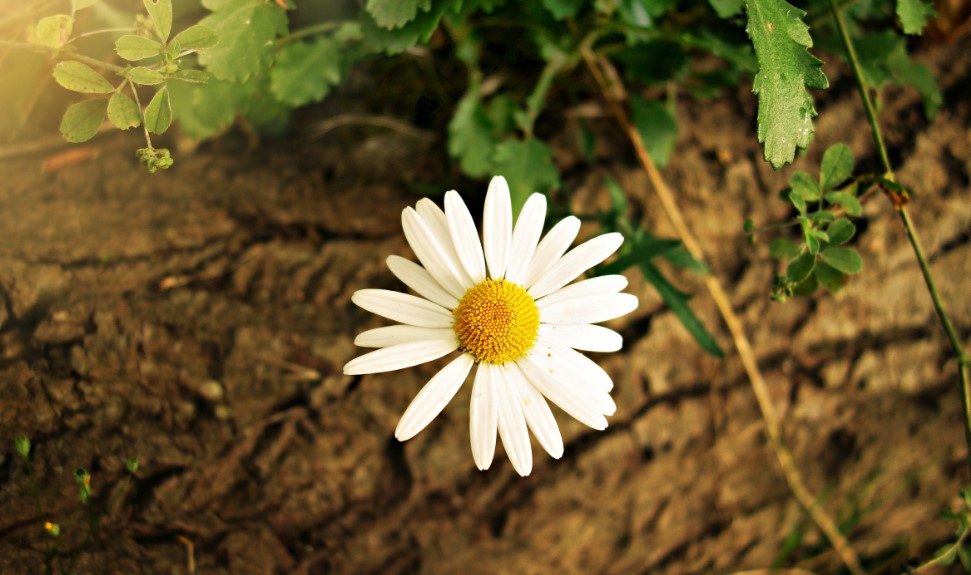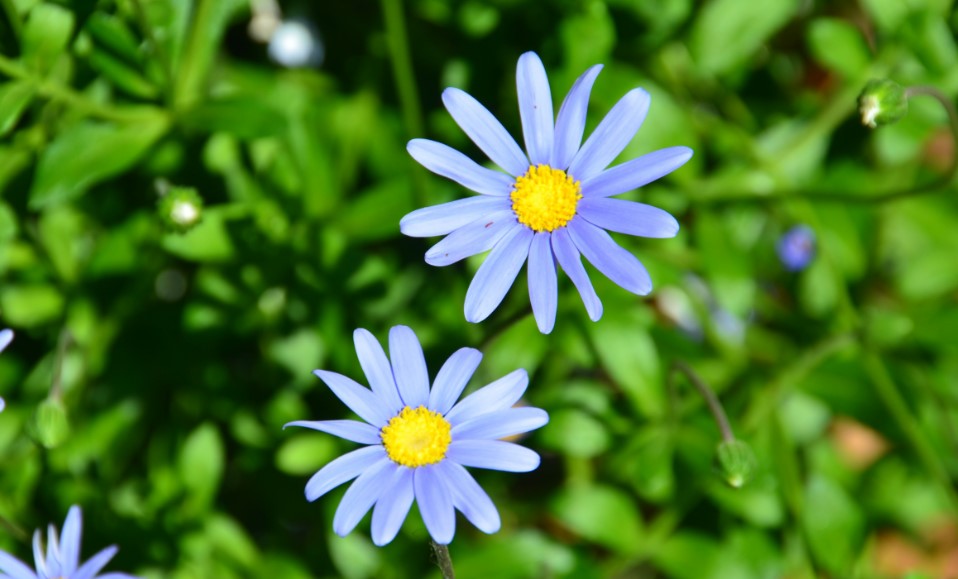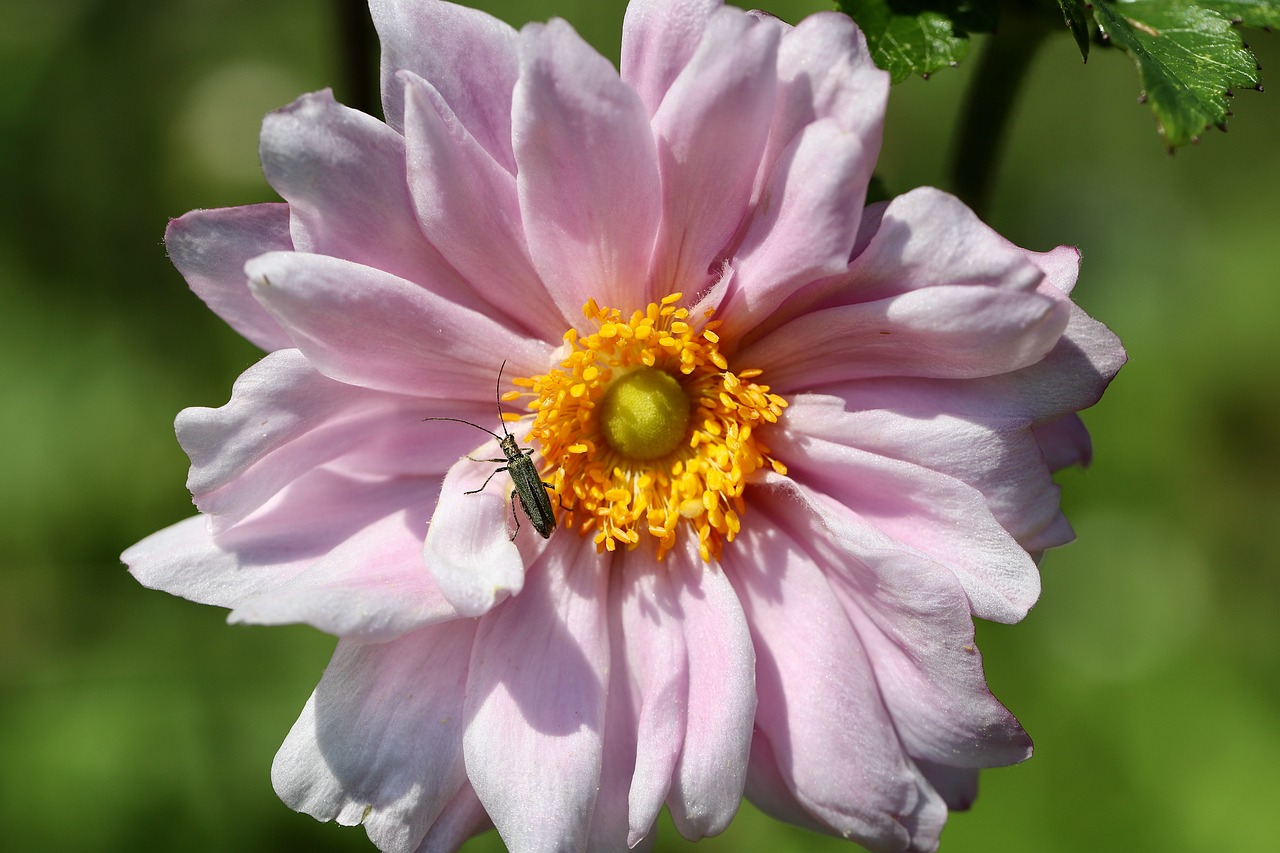
Daisy Flower Care and Meaning
Daisies are a classic garden flower with many benefits. They bring feelings of purity and goodness. Despite being invasive weeds, they also have medicinal benefits. To learn more about daisy flower care and meaning, read this article. Here’s some information on the flower that will help you grow your own beautiful daisies. You’ll also learn how to care for your daisy plants and maximize their blooming time.
Daisy flowers depend for their survival on bees. Bees must visit these flowers to collect the nectar that provides food for their larvae. They pollinate 99 out of every 100 flowers. In fact, 1 out of every 3 mouthfuls of food you eat is made possible by pollinators, according to the U.S. Department of Agriculture. Well, bees aren’t the only creatures that like daisies: Daisy flowers can be used as a weed-free ground cover and they look wonderful in flower gardens and containers.

Daisies are a classic garden flower
While many people associate daisies with summer, the truth is that they are perennials with many different uses. These flowers can be used in flower arrangements and have become a staple in many garden designs. These easy to grow plants are widely available in florist shops around the world. In addition to being perennials, daisies can also be grown from seeds. You can enjoy a variety of different colors throughout the year and they are great for mixing and matching with other flowers in your garden.
They bring feelings of goodness and purity
Symbolic of innocence and purity, daisies are a beautiful way to celebrate birth and new life. The flower’s soft petals and gentle fragrance symbolize innocence, so they make an excellent gift for new parents and children. Daisy’s are also an excellent choice for weddings and anniversaries. They also make a thoughtful gift for loved ones. Traditionally, daisies have been given to welcome babies and signify happiness.
They have medicinal properties
Aside from its beautiful appearance, Daisy flowers have a number of medicinal properties. Their juice is used to help cleanse the blood and eliminate harmful substances from the body.
Traditionally, the flowers were used to treat wounds, listless children, and rheumatism. In addition, their dried flowering heads were used to make poultices, ointments, and decoctions. The extract has anti-inflammatory, antibacterial, and anti-fungal properties, and can be applied externally to wounds. Another secondary metabolite found in red plants is a powerful antioxidant.
They are invasive weeds
Many people wonder whether daisies are invasive weeds. The answer depends on the species. One of the most common daisy weeds is the oxeye daisy. This plant is a perennial that grows from June through September and features white flowers with yellow disk centers. It is commonly called dog daisy or marguerite. The flower itself is bright white and has many petals, with the petals being narrow and elongated.
They require moderate watering
The best way to care for your daisies is to keep them moist and at optimum flowering height. Often daisies will grow best with just moderate watering. In addition, they will tolerate periods of drought without suffering. A general rule of thumb is to water them daily, but this will vary based on the season. In addition, daisies should be planted in the spring or early fall. When planting them in containers, place them about one to two feet apart in a hole twice the size of the pot.
You may need to stake or support the plant if it grows taller than the container.
They are long-blooming cut flowers
There are a number of varieties of daisies, from the classic Shasta to the exotic ‘Purple Coneflower.’ Each variety has its own unique qualities, but all are long-blooming cut flowers. For example, the Shasta daisy has a strikingly beautiful bloom with a yellow center and white petals. It has an average vase life of 10 days, and is easy to grow in zones 4 to 9. Another popular variety is “Becky,” which towers 3 feet tall with a deep pink disk.

They are easy to grow
Although daisies are easy to grow, the difference between them isn’t much. They all belong to the same family, Compositae. The archetypal daisy is a yellow flower with a single row of petals surrounding the center. However, some varieties are quite different from one another. For example, white marguerite is a sheared perennial that grows in formal garden beds, while blue marguerite is a sprawling subshrub that can flourish in a naturalized garden.
The Daisy and its many meanings in the language of flowers, has been a popular gift for over generations because of its association with birth and babies. There is no flower that suggests new beginnings more than the Daisy. If you want to give a friend, family member or colleague a new start with their life, thoughts about the future or a new job, then consider giving them this favorite old-fashioned gift.



